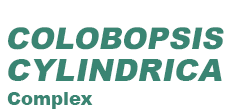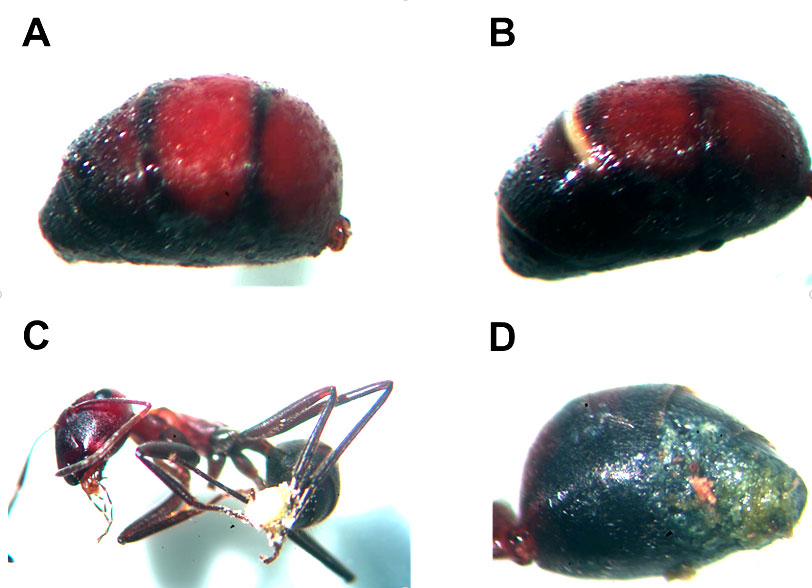Our manuscript, JoVE 57652 "Isolation of mandibular gland reservoir contents from Bornean 'exploding ants' (Formicidae) for volatilome analysis by GC-MS and MetaboliteDetector," has been accepted. This paper is now considered to be In-Press and the abstract can be viewed on the JoVE In-Press Section within a few days.
Abstract:
The aim of this manuscript is to present a protocol describing the metabolomic analysis of Bornean ‘exploding ants’ belonging to the Colobopsis cylindrica (COCY) group. For this purpose, the model species C. explodens is used. Ants belonging to the minor worker caste possess distinctive hypertrophied mandibular glands (MGs). In territorial combat, they use the viscous contents of their enlarged mandibular gland reservoirs (MGRs) to kill rival arthropods in characteristic suicidal ‘explosions’ by voluntary rupture of the gastral integument (autothysis). We show the dissection of worker ants of this species for the isolation of the gastral portion of the wax-like MGR contents as well as listing the necessary steps required for solvent-extraction of the therein contained volatile compounds with subsequent gas chromatography-mass spectrometry (GC-MS) analysis and putative identification of metabolites contained in the extract. The dissection procedure is performed under cooled conditions and without the use of any dissection buffer solution to minimize the changes in the chemical composition of the MGR contents. After solvent-based extraction of volatile metabolites contained therein, the necessary steps for analyzing the samples via liquid-injection-GC-MS are presented. Lastly, data processing and putative metabolite identification with the use of the open-source software Metabolite Detector is shown. With this approach, the profiling and identification of volatile metabolites in MGRs of ants belonging to the COCY group via GC-MS and the Metabolite Detector software become possible.




